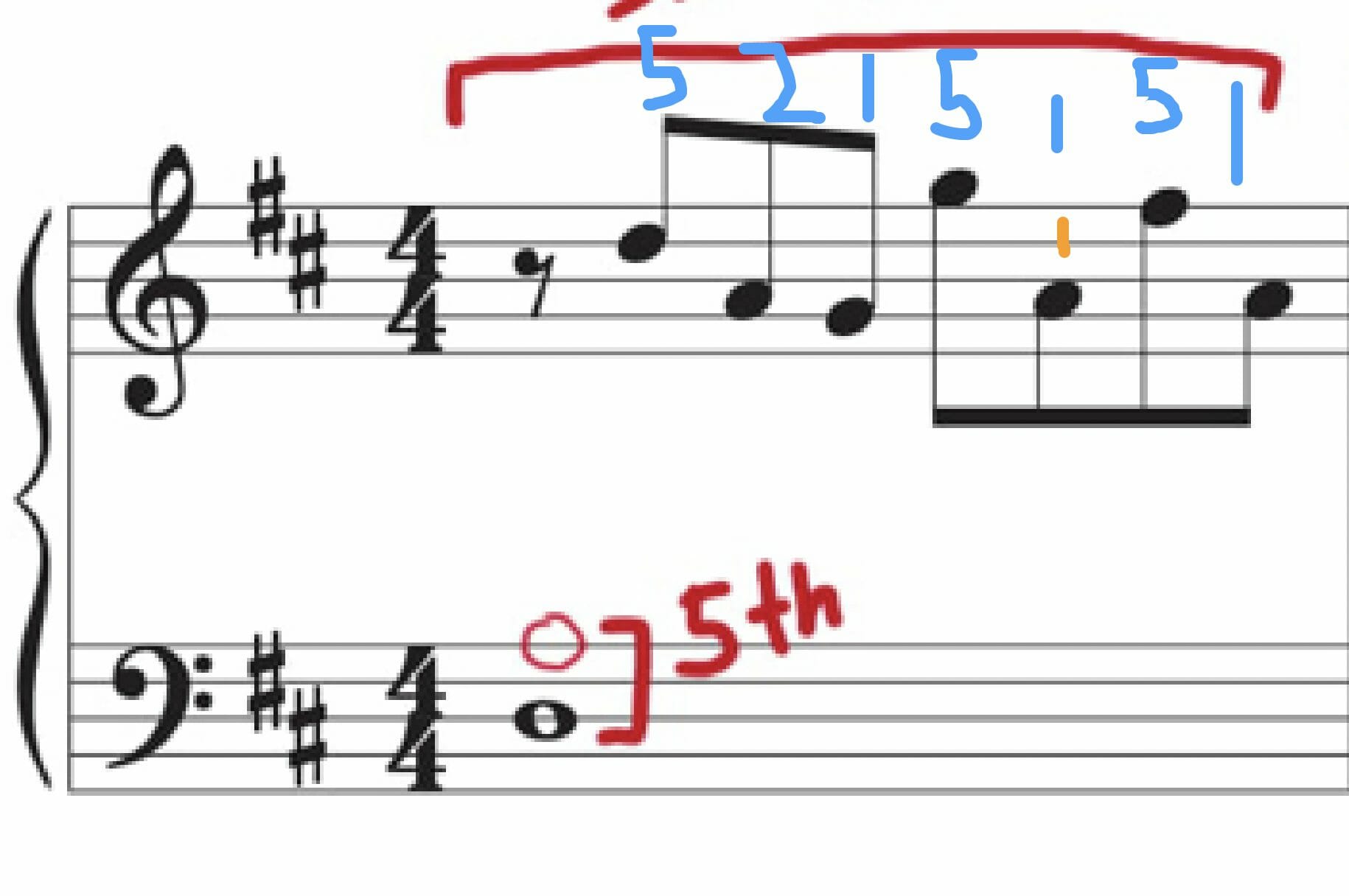Have a great PA day tomorrow everyone! Soak up the sun :)
Liam
Major scales – articulated by 2 legato notes, then 2 staccato notes. Make sure you are doing 2 of each texture. Do any major scales you like in this manner and I’ll colour them in when you play them for me next week.
Imperial March – Today we learnt the B section, go very slowly and accurately for this. The LH is all D notes, so hands together shouldn’t be too tricky. Good reading today!
Stars and Stripes Forever – This piece has the alberti bass pattern in the LH, but now in the key of G. The melody has a pickup beat. Notice the accidentals in the RH and go slowly, I would do a day or two of hands seperate practice before going hands together.
Marita
Je Te Veux – Keep the C-EG waltz rhythm going throughout, ignore where the LH beat 1 rests are written. You can practice in 8 bar chunks like we did today, to get comfortable playing each phrase.
Swiss Cuckoo – Nice work! Practice this one in 2 chunks. For the last line where the phrases begin to overlap, isolate those to practice and notice that the other hand always interrupts the descending 5 note D scale on E. This is a fun video of a child playing this folk tune on a piccolo, it really brings out the singsongy children’s song nature of it!
Sara
Tempos of your pieces are all sounding great!
Arabesque – needs more drama in the dynamics. Today we made a story of 3 people sharing secrets and freaking out about the news when the piece grows to mf or forte. Think of this story in your mind and try to put it into the audience’s mind through dynamics and shaping. Start quietly as the begin to whisper the secret.
Sonatina – ensure you hit beat 1 of the second page in time by subdividing the triplets in your head for the long notes.
G Minor broken triad – experiment with playing it in different ways like solid first and then broken for each inversion, or playing the inversion and then the starting note of the next inversion and stopping on it.
Ear and sighteading – keep going with the home practice, it’s going great. Perhaps an entire session with Dad of doing just major 3rds vs perfect 4ths, and then a second session of just minor 3rds vs perfect 4ths would help build your confidence in these. Don’t forget to do descending ones too :)
Daniel
*New* On the Right Lines – ***DOWNLOAD HERE***. Count very carefully and go slowly! If the RH notes do not directly line up with the LH notes, ensure they are being played in between the beat! The LH groove of 1356 only happens in 2 different positions: G and C. You’ll notice if this paper had have been laid out with 4 bars each line instead of 3, you would see that it is a 4 bar pattern that repeats twice almost exactly the same (only the LH changes) and then a 3rd time completely to end the piece dramatically. Here is Christopher Norton himself playing it.
Crocodile Teeth – nice reading!! Proud. For the chromatic 16th note measure, make sure LH is playing F# up to A, and then RH is playing A# to C# to create a continuous chromatic line between the 2 hands. Be picky about which notes are staccato as well.
Harmonic minor scales – Great! Remember these are normal minor scales that use the notes of the major neighbour 3 doors away (3 half steps above), and what makes it a harmonic minor is the raised 7th note. For example: E minor will use G major’s notes, so EF#GABCDE, and then raise the 7th also, so D# instead of D. Practice them hands together this week please and I’ll show you melodic minor in person :)
To the right is the opening riff to Sweet Child of Mine by Guns and Roses. This is not homework, just supplemental fun. The LH stays on a D power chord for 2 repetitions and then moves up to E power chord. Have fun!

